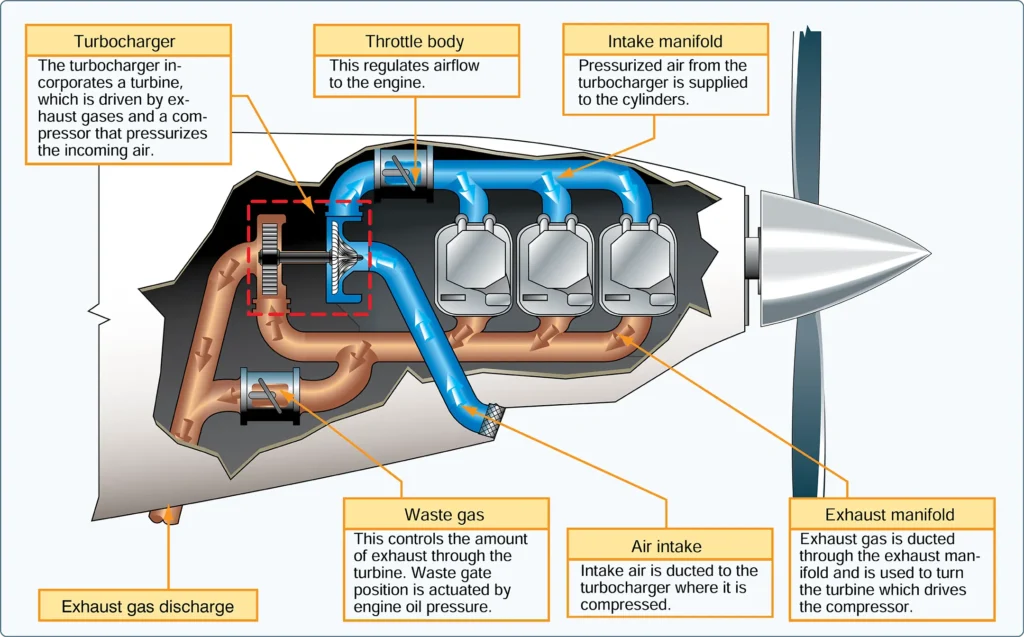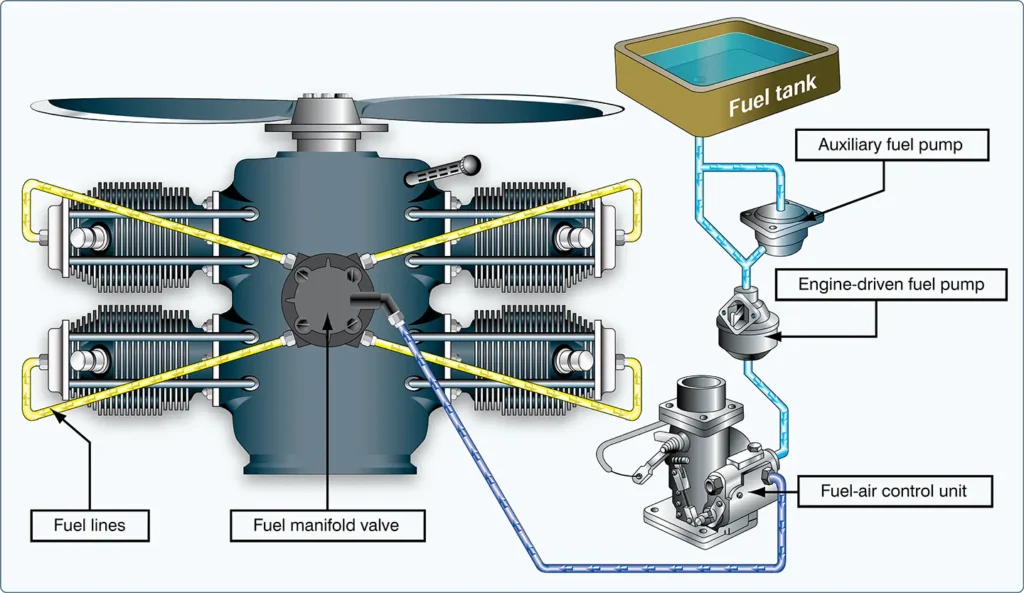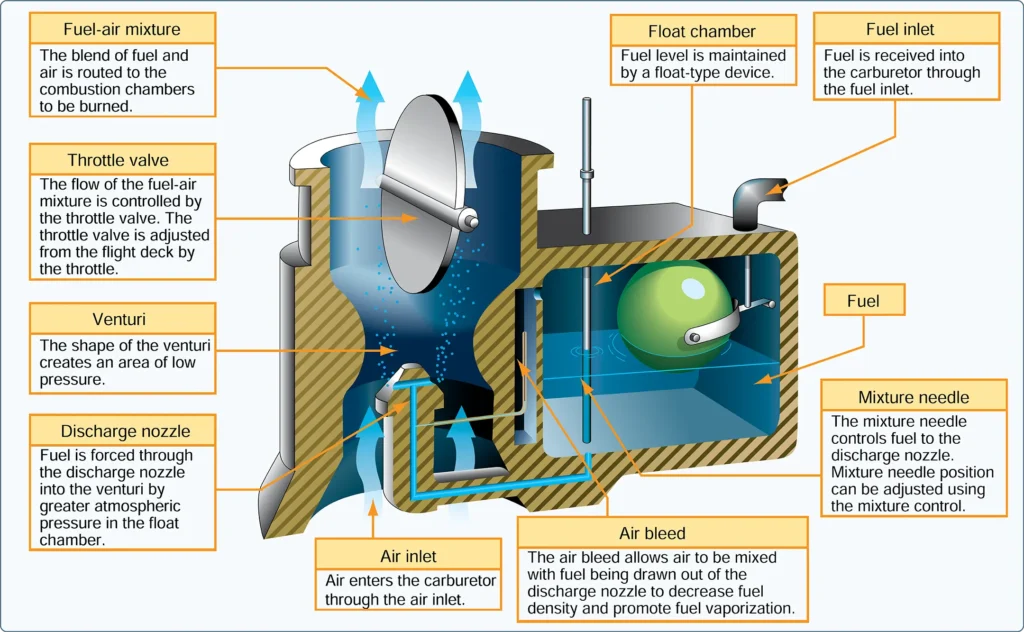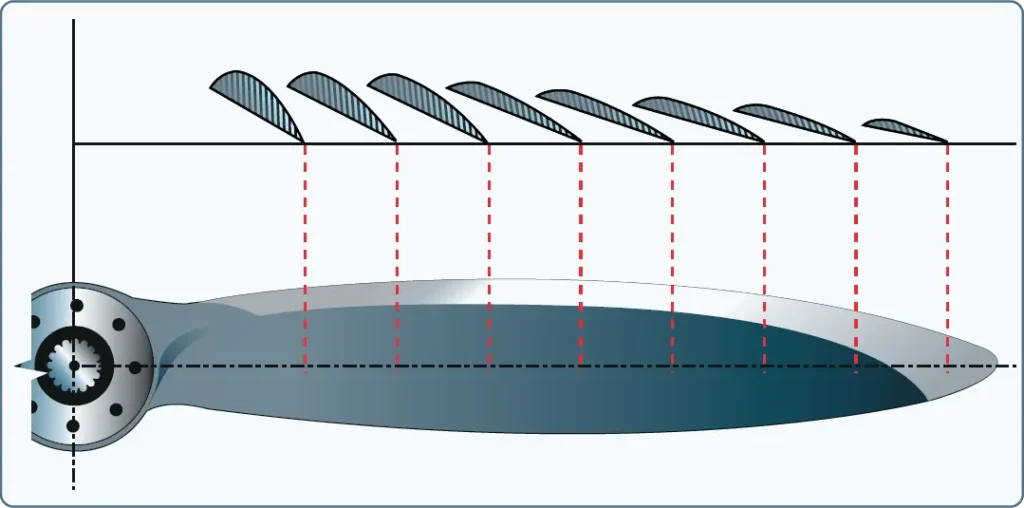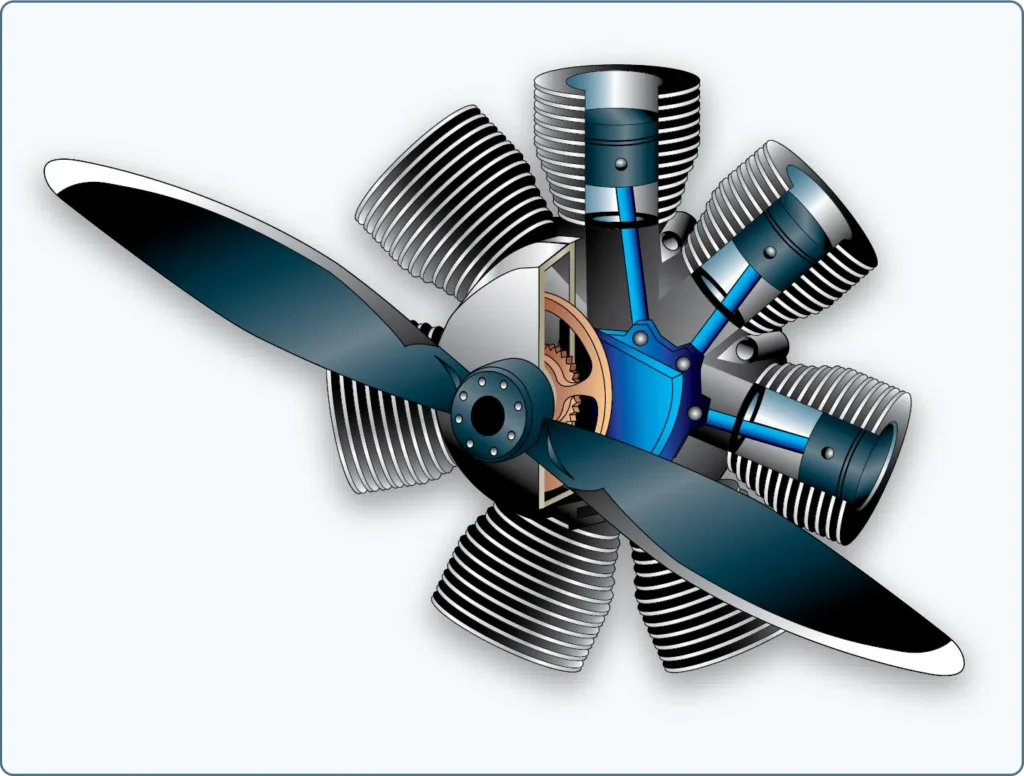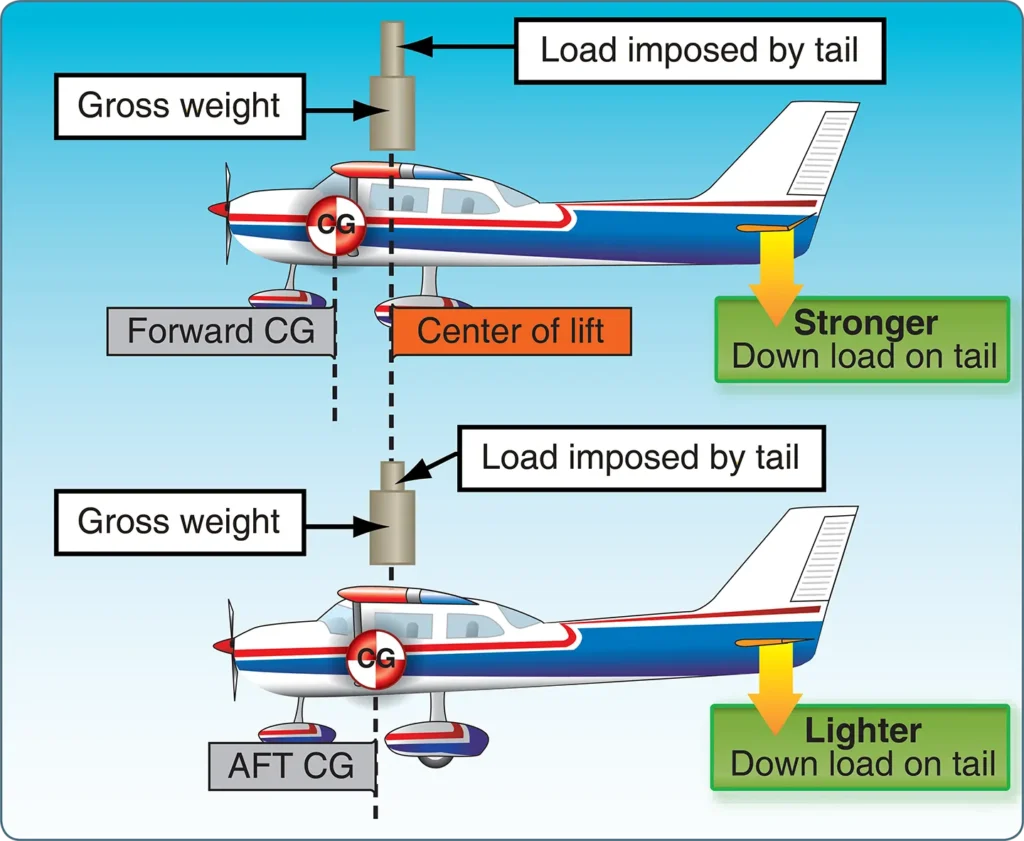Superchargers and Turbosuperchargers | Aircraft Powerplant
Aeronautical Knowledge, Flying TrainingTo increase an engine’s horsepower, manufacturers have developed forced induction systems called supercharger and turbosupercharger systems. They both compress the intake air to increase its density. The key difference lies in the power supply. A supercharger relies on an engine-driven air pump or compressor, while a turbocharger gets its power from the exhaust stream that […]
Superchargers and Turbosuperchargers | Aircraft Powerplant Read Post »

